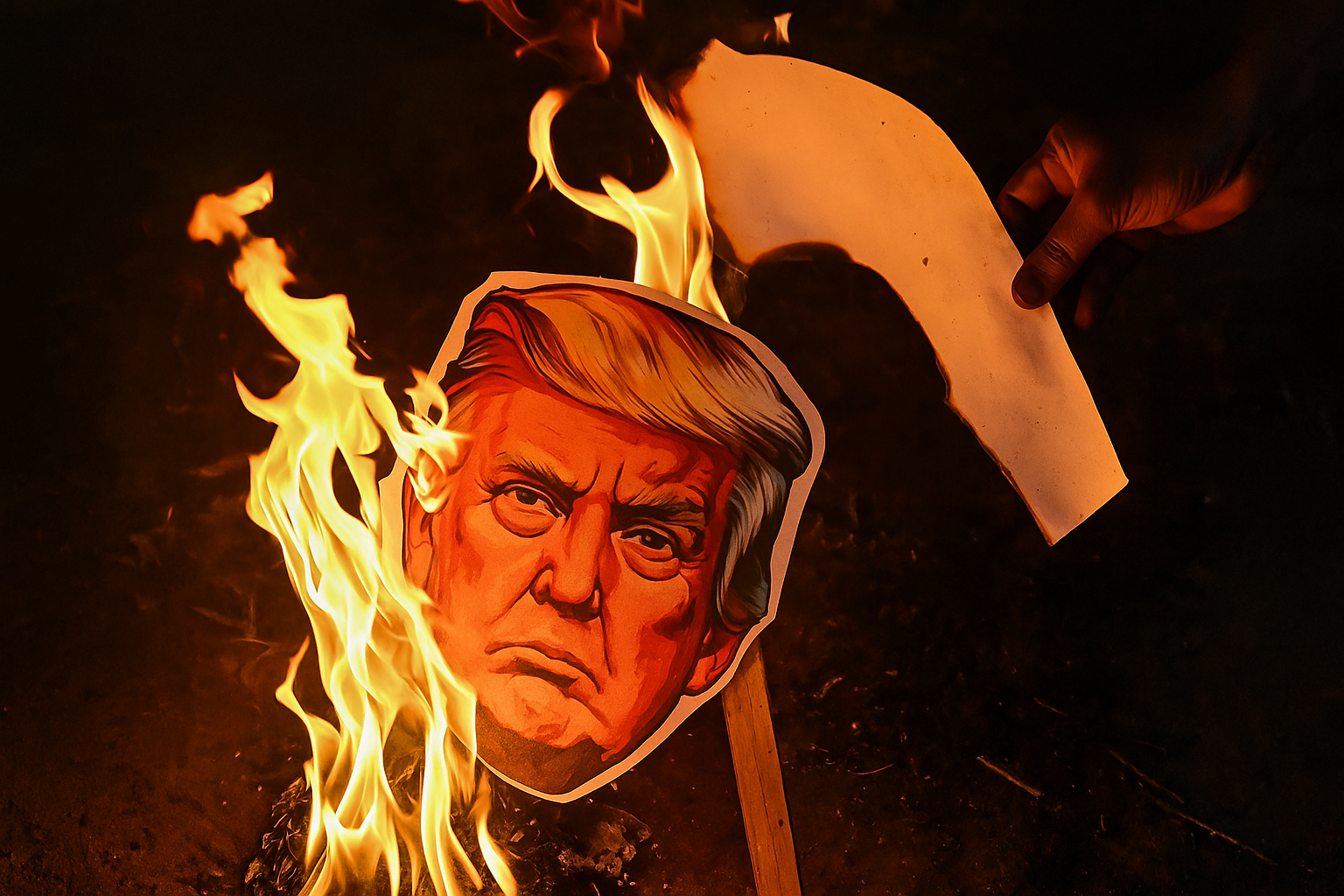The trade equation between India and the United States has taken a sharp turn. Former U.S. President Donald Trump’s 50% tariff on India officially kicked in this week, coming on top of an earlier 25% duty linked to Russian oil and defense purchases. For India, the world’s fifth-largest economy, the timing couldn’t be tougher.
Trade Ties Under Pressure
For decades, the U.S. has been one of India’s closest economic partners, especially in the Indo-Pacific strategy. Now, with Trump’s move, India finds itself among the most heavily penalized economies in the world.
Sectors such as IT services, jewelry, seafood, and textiles—which depend heavily on U.S. demand—are expected to feel the pinch first. Economists warn of shrinking export revenues, weaker job security, and a possible slowdown in India’s growth momentum.
Modi’s Answer: “Aatmanirbhar Bharat”
Prime Minister Narendra Modi used his Independence Day speech at the Red Fort to double down on self-reliance. Wearing a saffron turban, he told citizens that India must learn to stand on its own feet.
“Self-reliance is not about cutting ties, it is about confidence. India must ensure no nation can hold us hostage to its policies,” Modi said to a cheering crowd.
He also promised a Diwali tax relief package that would directly help households and small shopkeepers—the communities most vulnerable to falling exports.
Tax Reforms to Boost Consumption
To offset the tariff shock, the government rolled out a GST reform plan. The measures include:
- A simplified two-tier GST structure
- A $20 billion tax cut aimed at boosting spending
- Expanded breaks for small businesses and middle-class families
- Earlier income tax relief worth $12 billion
Analysts believe these reforms could lift domestic consumption, which makes up nearly 60% of India’s GDP. Firms such as Morgan Stanley and UBS say the impact may be strongest in automobiles, cement, housing, and consumer goods.
Why It Matters Now
India has also received its first credit rating upgrade in 18 years from S&P Global, a signal that international markets still trust the country’s long-term resilience. However, with exports shrinking, the pressure on domestic demand has never been higher.
The Reserve Bank of India is weighing fresh interest rate cuts, and new relief packages for export-heavy sectors are already on the table.
Final Word
Trump’s 50% tariff on India marks one of the toughest challenges for New Delhi in recent years. But Modi’s self-reliance agenda, backed by GST reforms and fiscal support, could determine whether India merely survives the tariff storm—or emerges stronger by building a consumption-driven economy.



